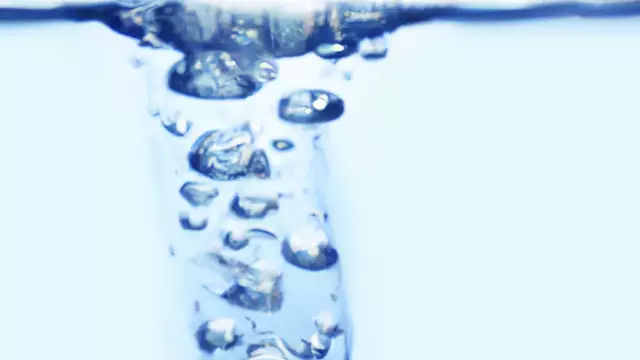Is pure water a compound, or an element? This is a question that has puzzled scientists for centuries. In fact, the answer is still not definitive. Some say that pure water is a compound because it contains two hydrogen atoms and one oxygen atom. Others say that it’s an element because it’s made up of only one type of atom. And then there are those who say that it’s a mixture because it can exist in different states (solid, liquid, gas). So what’s the verdict? Unfortunately, there isn’t one. The jury is still out on this one!
Pure water is a compound. let’s agree to disagree and here is why!
What is pure water
What is pure water in chemistry? Well, it’s essentially water that has no additional chemicals, proteins, minerals, or other dissolved solids. In general, it has a neutral pH and contains 1 gram per liter of hydrogen ions. Any other particles suspended in the water will cause it to become impure.
For example, salt dissolved in the water can make it unhealthy to drink. The same is true for industrial and agricultural pollutants, which we often find in our everyday tap water. Thankfully we have access to many online resources to help us determine what’s safe to drink and what isn’t!
Is pure water an element
Is pure water an element? Well, is it really an element? It turns out that the answer is no. Pure water is not found as a single element on the periodic table, however, its essential atoms; oxygen and hydrogen, are both elements.
So pure water is actually a combination of two elements – oxygen and hydrogen – which is what classifies it as a pure substance. Besides, when we think of pure water as an element, the answer is no – but it is still composed of two separate elements!
Is pure water a compound
Is pure water a compound? The answer is Yes, Pure is a compound.
Whenever we think of a compound, the first thing that comes to our minds is a substance composed of more than one atom. However, pure water is made up of molecules that contain only two hydrogen atoms and one oxygen atom. This is known as a diatomic molecule, making it an exception to the definition of a compound as these two atoms can exist side by side without bonding together.
While this is confusing at first glance because compounds are generally made up of more than one atom, it is important to note that pure water is still considered a compound because the oxygen and hydrogen atoms are chemically bonded together in the form of a molecule.
Is pure water a mixture
Is pure water a mixture? Although pure water is composed of molecules of hydrogen and oxygen, it is not generally viewed as a mixture. This is because the composition is consistent across whole volumes of water, and does not contain any other substances which may be altered in their quantity or quality.
Therefore, pure water is a single substance that is formed with specific properties, meaning it behaves as a unitary compound rather than a mixture.
Is pure water a solution?
Yes, pure water is a solution. A solution is a mixture of two substances in which one substance has been dissolved or suspended in the other. In the case of pure water, what’s happening is an ionic compound being dissolved—called electrolytes—which are what give this liquid its special properties.
This process allows us to conduct electricity, and the ions also act as a buffer to pH levels. In addition to this, what makes this liquid so impressive is that it can do all these things while remaining 100 percent safe to drink, making it an essential part of our everyday lives.
Is pure water a homogeneous or heterogeneous mixture
Pure water is classified as a homogenous mixture due to the uniform composition of its components. While water is composed of two elements (hydrogen and oxygen), they are chemically combined at a proportion of two parts hydrogen to one part oxygen – this combination creates molecules that can be found in abundance when water is broken down into its smallest possible particles.
In comparison, heterogenous mixtures contain substances that are not equally distributed, creating non-uniform visual or tactile properties not found in homogenous mixtures like pure water. Furthermore, depending on the concentration or types of impurities contained in the water, its physical characteristics may differ slightly; for example, lighter or heavier particulate content may cause the water to become cloudy or denser.
